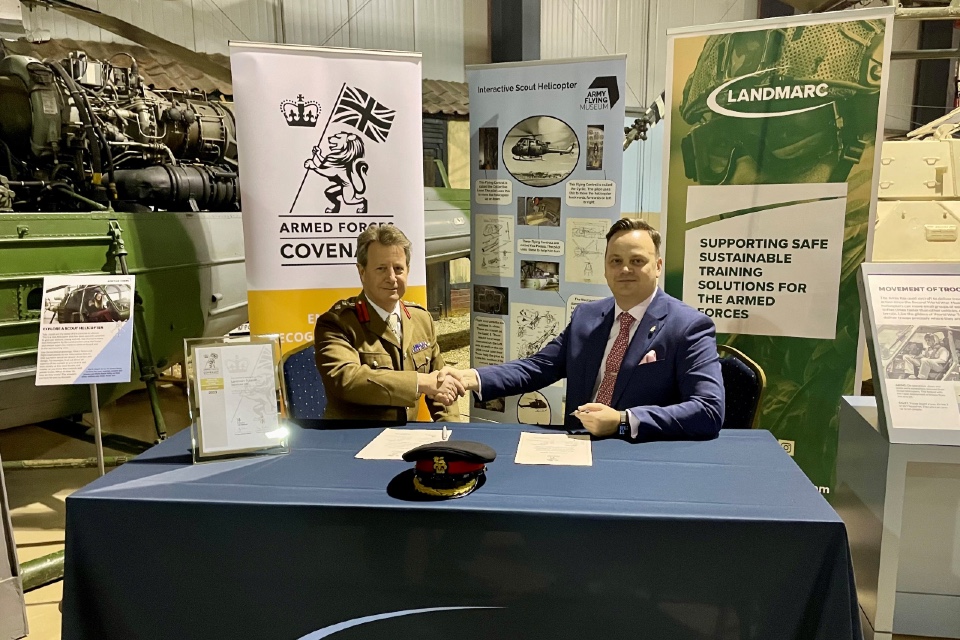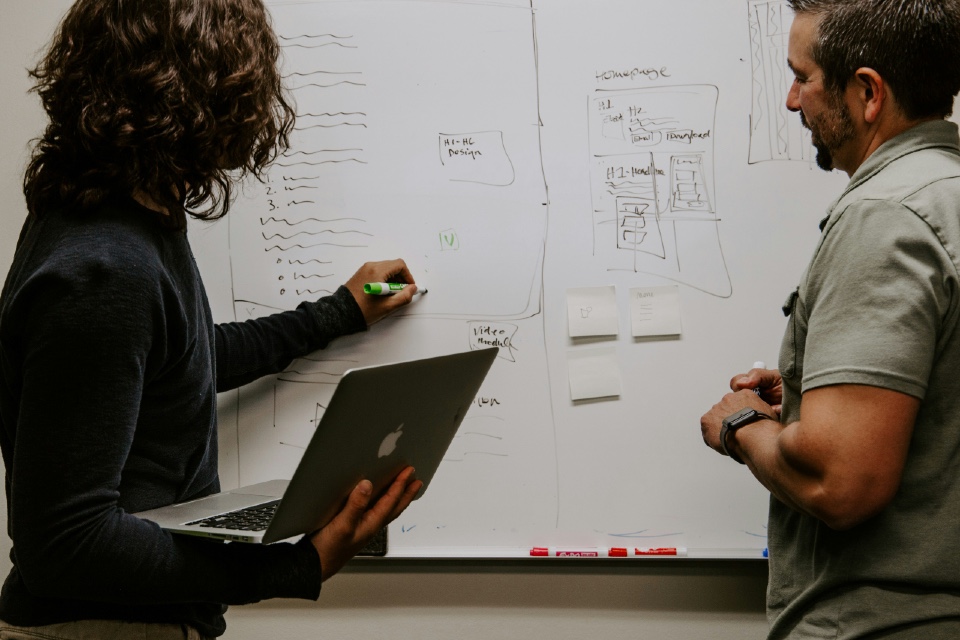There is a strong link between leadership and HR. Effective HR policies, strategies, and practices are due to good leadership, and much of good leadership will depend on good HR practices. Here’s how HR can demonstrate effective leadership…
Build Employee Satisfaction through Values
HR can effectively demonstrate leadership by building employee satisfaction through values. The first step is to foster a brilliant working environment, which is essential to ensuring employee satisfaction. An excellent working environment is one where everyone feels valued and supported by the company and that any issues they have will be taken seriously and dealt with accordingly.
Another way HR can demonstrate leadership is by promoting good values as part of the company culture. They should ensure employees that values like empathy, honesty, and accountability are factors when making management decisions.
Inspire Self-Motivated Professional Development
HR must have the right skills to take charge and lead people when necessary. They should tap into their leadership skills to encourage development among employees. HR should inspire employees to hone their leadership skills through mentorship and by implementing online leadership training courses. Regardless of their role in the organisation, the ability to manage others and take charge can benefit the entire organisation.
Make Data Driven Decisions
When managing and leading employees, HR should be able to make data-driven decisions. It’s a decision-making process that uses facts, data, and metrics to arrive at strategic business decisions that align with the organisation’s goals, objectives, and initiatives. Once organisations realise the value of their data, everyone is empowered to make better decisions with data.
A data-driven decision-making approach can help organisations develop new products and workplace initiatives and identify trends. By analysing the historical data, organisations will know what to expect in the future and what they need to change to perform better.
Business Innovation
Every organisation wants its people to think creatively. However, only a few would go the extra mile to develop a culture of innovation. When developing a culture of innovation, HR should create a work environment where employees are free to collaborate and communicate. But this doesn’t only mean moving a few chairs around the office. It also means downsizing the organisational structure to “free up” the employees from their restrictive roles. By embracing a less hierarchical structure, junior employees will be more empowered to contribute to topics previously considered “above their level.”
Inclusion and Diversity
HR should play an active role in promoting inclusion and diversity in the workplace. The best way to find out what the employees need to feel included is to ask them through surveys. Avoid developing plans based on assumptions, or you’ll miss out on the whole point of being inclusive.
HR should regularly review the recruiting process to ensure that they do not negatively impact specific groups and that all roles are equally accessible to all participants, regardless of gender, colour, orientation, culture, etc. Sometimes that might involve bringing in a specialist HR recruitment agencies to keep the process unbiased. Conducting a thorough review of employment policies is also essential in ensuring that inclusion and diversity are valued in the workplace.





